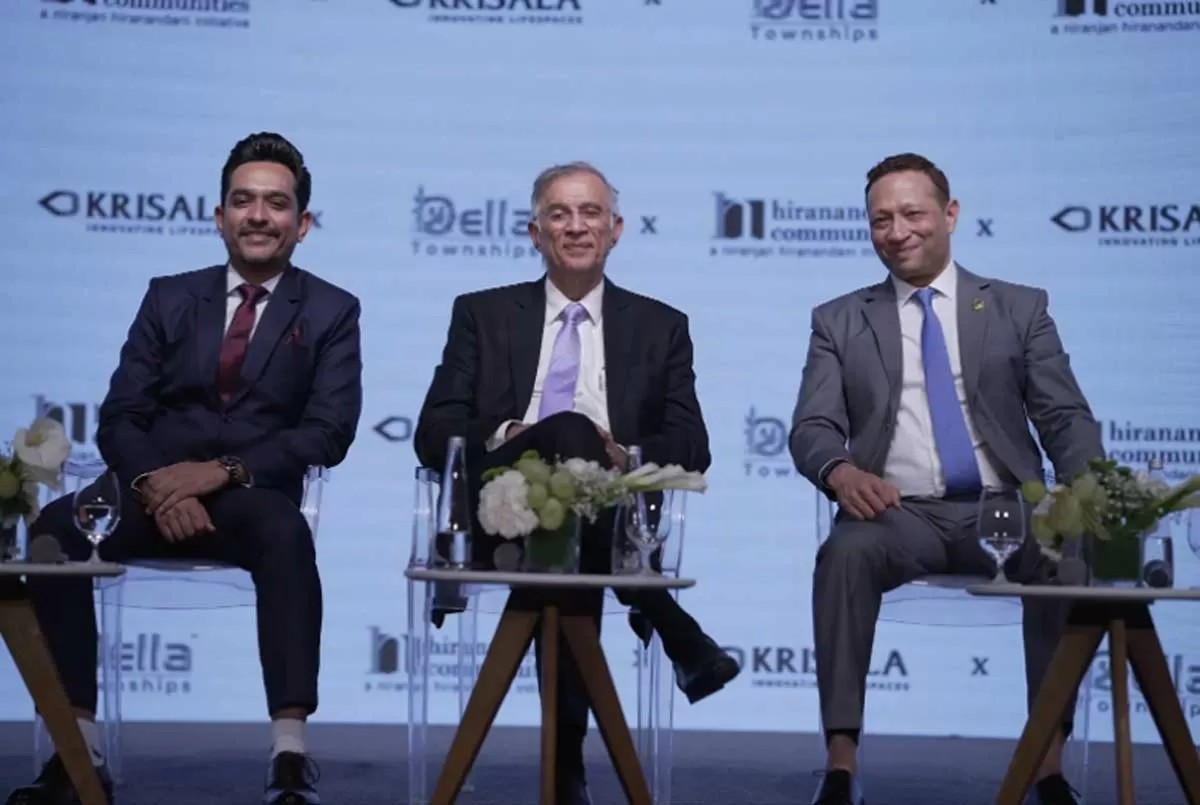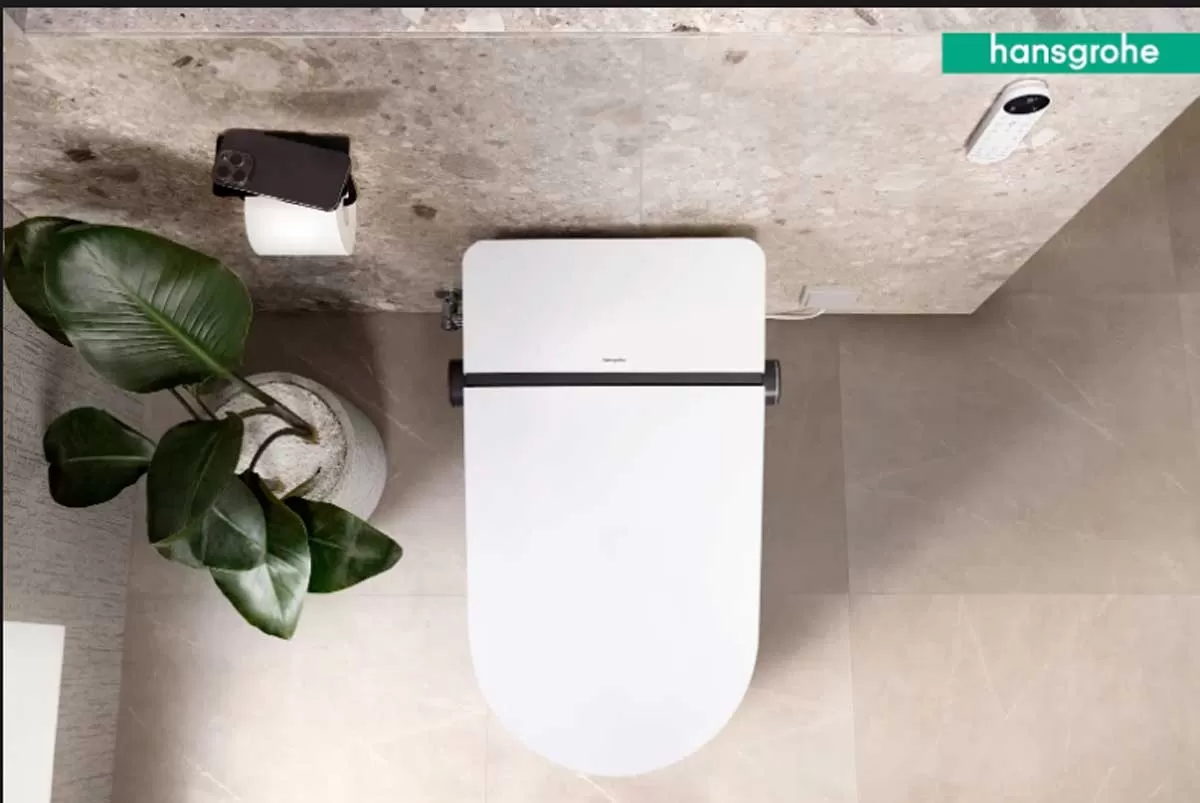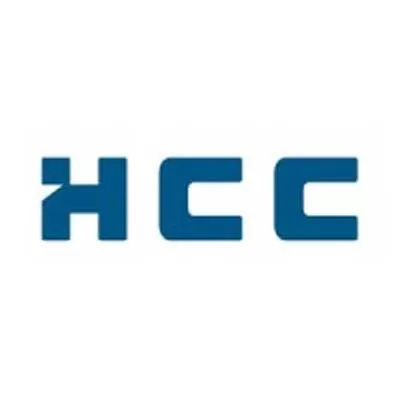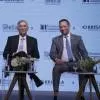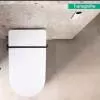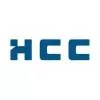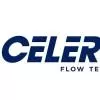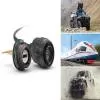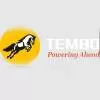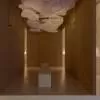Towards Sustainability
01 Mar 2012
5 Min Read
Editorial Team
Committed to being environment friendly, Adobe Systems in Noida received the LEED-EB certification from USGBC in January 2012.
Adobe has a long history of emphasising sustainability in its operations. The company is committed to the ongoing development of products and programmes that earn environmental certification. It actively implements measures to increase efficiency, conserve energy and water, improve air quality, and reduce waste. The office building, which has a total site area of 128,636 sq ft with a built-up area of 191,448 sq ft, was certified LEED-EB (Existing Building) Silver rating by the US Green Building Council in January 2012. S Sundararaj, Vice President–Green Building, LEAD Consultancy & Engineering Services, highlights the building’s journey towards a green structure and its features with CW.
The genesis: A leader in the IT industry, Adobe Systems always strives to use technology for energy conservation and is committed to reducing its carbon footprint. The office building is located at City Centre, Noida. It was built with sustainability in mind; applying LEED-EB to the building was primarily a matter of fine-tuning it’s operations and improving the documentation of existing sustainable practices. The company team, spearheaded by Lalit Gupta, Head-India Operations and Tarun Dutt, Facilities Manager. decided to apply for LEED certification for this building under LEED-EB: O&M and the contract for the same was awarded to us – Lead Consultancy & Engineering Services (India) Pvt Ltd.
The journey: On being awarded the contract, our firm first reviewed the facility operations and practices for a preliminary LEED-EB scoring. Based on this review, we identified the most achievable and cost-effective opportunities for change, and developed a list of recommendations for achieving the required prerequisites and credits.
Challenges faced: Using these recommendations as a strategic road map, we then assembled our project team. But, the path towards this goal was replete with challenges. The most significant of these included institutionalising the business practices and systems required by the programme; as for many employees, documenting activities and reporting on the status of projects represented a new responsibility. Therefore, to make this possible, we integrated these new responsibilities into the daily jobs of these employees. Equally challenging was the task of keeping the staff and contractors motivated and committed to the shared goal of maintaining the LEED standards. But, the Adobe team responded enthusiastically to our plans.
Conserving natural resources: The building was developed and constructed with a vision to increase efficiency, conserve energy and water, improve air quality, and reduce waste. It has permanently installed water meters and an exemplary monitoring system to track 100 per cent of the building’s water consumption. Potable water usage has been reduced to 21.5 per cent below the LEED-EBOM baseline. Particularly, the use of waterless urinals for the entire building has led to
this reduction.
The building also has permanently installed energy meters to track 100 per cent of building sub-system energy consumption. It has also developed and implemented a cooling tower management plan for the conductivity meter and automatic controls. Energy savings up to 27 per cent are achieved by implementing low or no cost energy conservation activities such as frequency optimisation in DG set, avoiding daytime lighting in the identified areas, cleaning AHU filters and coil, and installation of occupancy sensors in the identified area. The refrigerant equipment installed contains no choloroflurocarbon (CFC).
Emergency protocol: The fresh airflow design in the occupied building areas allows us to respond to unusual incidents or conditions. Individual or personal environment controls (airflow, temperature, acoustics and lighting) significantly increase occupant comfort, eliminate emergency calls to maintenance, and allow the general building zone temperature range to exceed normal building comfort ranges, thereby resulting in additional energy savings. These also allow the general building zone temperature range to exceed normal building comfort ranges, thereby resulting in additional energy savings.
Clean environs: The building has a high-performance green cleaning programme that includes staffing, training of maintenance personnel, use of chemical concentrates and sustainable cleaning materials and equipment. A regular custodial audit is conducted to improve the effectiveness of this cleaning programme. Entryway mats are installed at all building entrances to avoid the porch from being soiled.
Waste management: The contract for solid waste management at site was given to Eco Wise Waste Management Pvt Ltd. Waste management is handled in accordance with MSW rule 2000 in the Noida authority landfill site and includes measures like collection from the client/customer, weighing of the total waste collected, storage of waste in a dedicated area, segregation and sorting at site, weighing the waste in each category, recording quantity and the waste recycled at site, and calculating the recycling rate percentage.
Green business: It is a misconception that green buildings are expensive and add to the input costs of the developer. In fact, the operating costs for green buildings are low and the payback period is lesser than three years. This is why green buildings will continue to attract developers in future.
Project details:
Project size: 191,448 sq ft
Project cost: US$ 48,000
Developer: Adobe Systems India Pvt Ltd. Tarun Dutt, Facilities Manager. Tel: 0120-244 4711, Extn: 33568.
LEED consultant: Lead Consultancy & Engineering Services (India) Pvt Ltd. M Selvarasu, Director. Tel: 080-4298 0111, Extn: 204.
Waste management: Eco Wise Waste Management Pvt Ltd. Tel: 011-6643 5179.
Project completion: 2004
S Sundararaj’s perspective
"The aim of green building design is to minimise demand on non-renewable resources, maximise the utilisation efficiency of these resources when in use, and maximise the reuse, recycling, and utilisation of renewable resources. The focus is also to reduce the overall impact of the built environment on human health and natural surroundings. Although, the concept of green building is rapidly gaining popularity in India, there are still a few hurdles that prevent mass-scale adoption by project developers.”
Would you like to share details of any green initiatives? Write in to us at feedback@ASAPPmedia.com
